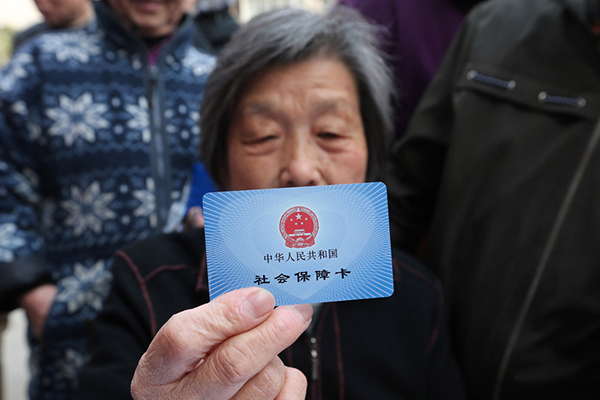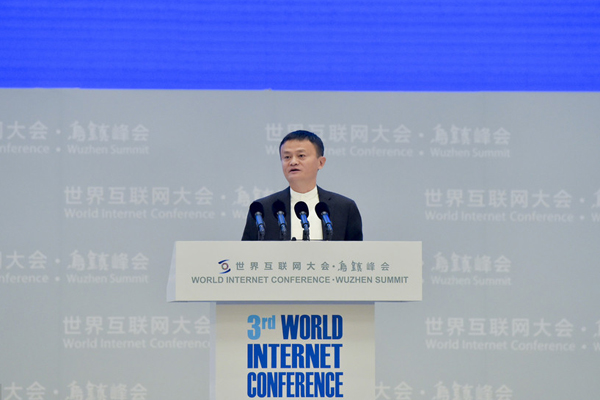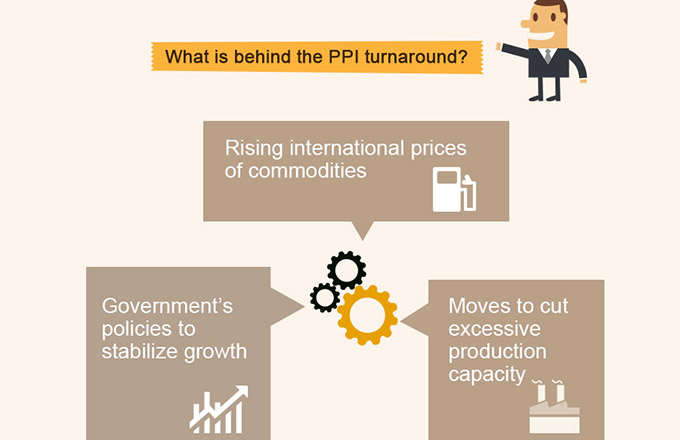Belt and Road Initiative seeks world economic rebalancing, inclusive globalization
BEIJING - Industrial capacity cooperation has become a significant part of the Belt and Road Initiative and will serve as a crucial element of the global economic rebalancing as well as the extension of globalization towards its "land subsidence."
When it comes to the economic background of the Belt and Road Initiative, Western media frequently mention the issue of China's excess industrial capacity, claiming that China is trying to dumping its redundant industrial capacity to countries along the routes.
However, such criticism is a total neglect of the "double circulation," a trend of the world economy brought up by Chinese scholars, namely, the "developed economies-China" circulation and "the China-developing economies" circulation.
In a manner of speaking, within the "double circulation" system, China has gradually become the glue that holds the global economy together.
Along with its economic transformation and industrial upgrading, China is climbing up the global industrial chains to the middle and high ends while transferring some of its relatively lower-end production capacity into other economies, which is a natural progress in accordance with laws of economics.
For countries within the Belt and Road area, the pursuit of carrying forward their own industrialization and modernization is perfectly matched with China's "going abroad" strategy for the enormous industrial capacity accumulated for years.
The complementation between the two sides, creating new demand by enhancing effective supply, is certainly contributing to rebalancing the world economy.
The currently imbalanced global economy is partially a side effect of globalization. For a long period of time, globalization has not gone quite globally as it was expected to.
Most of the Belt and Road countries have been stuck in the "land subsidence" of globalization deep within the Eurasia continent, left forgotten and far behind in the course of economic globalization which has been flourishing along the ocean lanes across the world.
Nevertheless, things are about to change now. Economic ties between China and developing countries are growing increasingly stronger and closer, which is beneficial to the further development of economic globalization.
Over the last three years, for instance, China has signed industrial capacity cooperation agreements with more than 20 Belt and Road countries and built 52 economic and trade cooperation regions in 18 such countries.
It is fair to say that the realization of the Belt and Road Initiative is not only boosting the industrialization of the countries within the area, but also getting them on the map of economic globalization via the China bridge.
It is clear that by pushing forward the Belt and Road Initiative, China is seeking rebalance of the global economy, underlining "inclusive globalization" instead of "fragmented globalization" that used to prevail.























